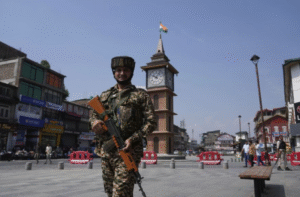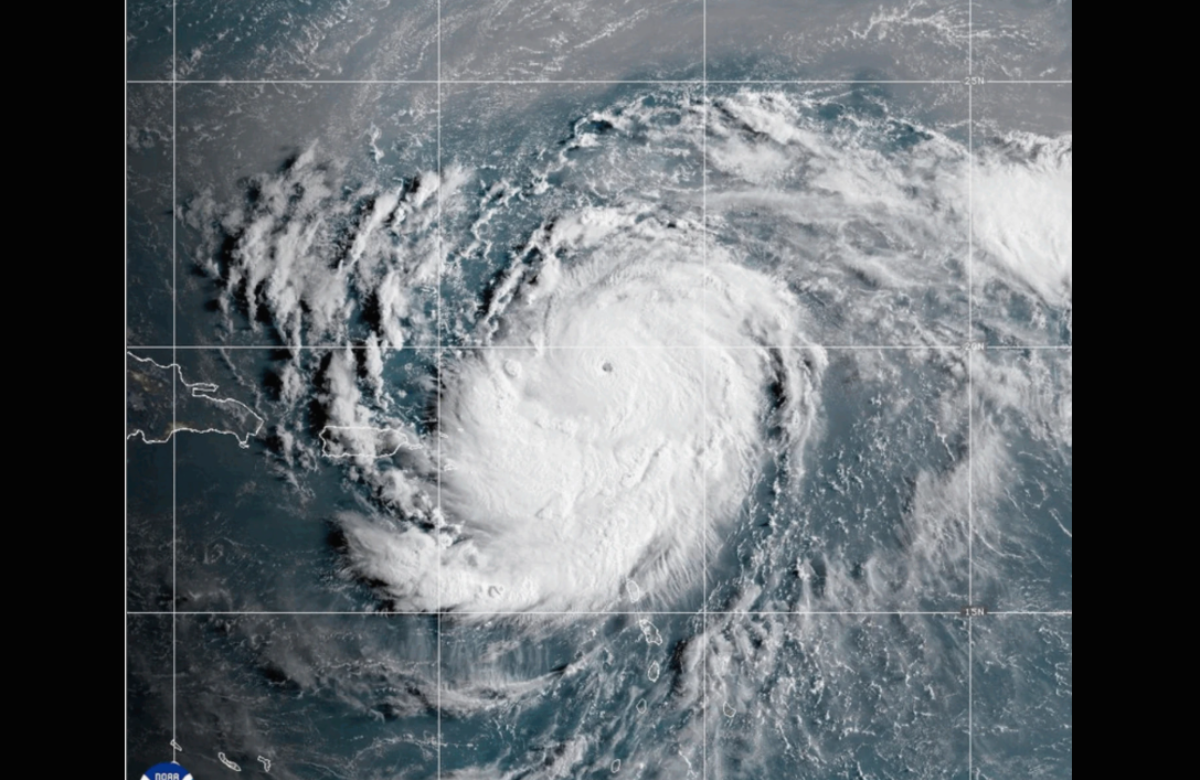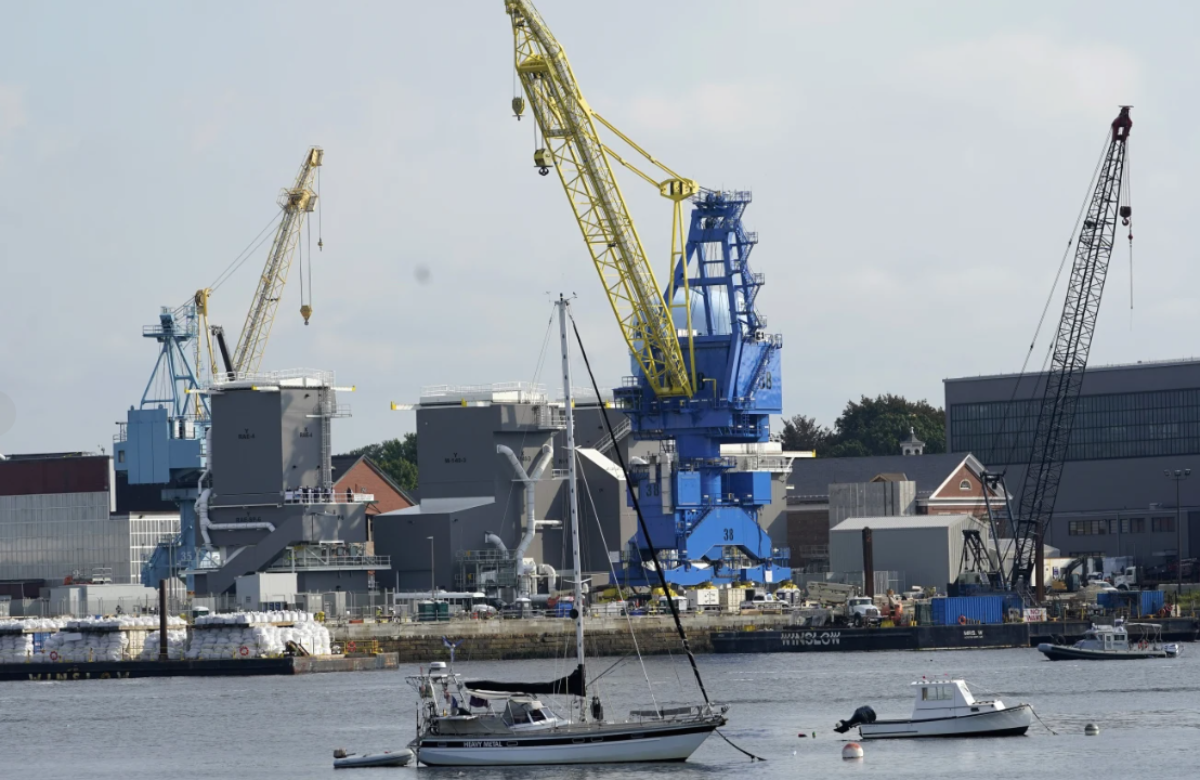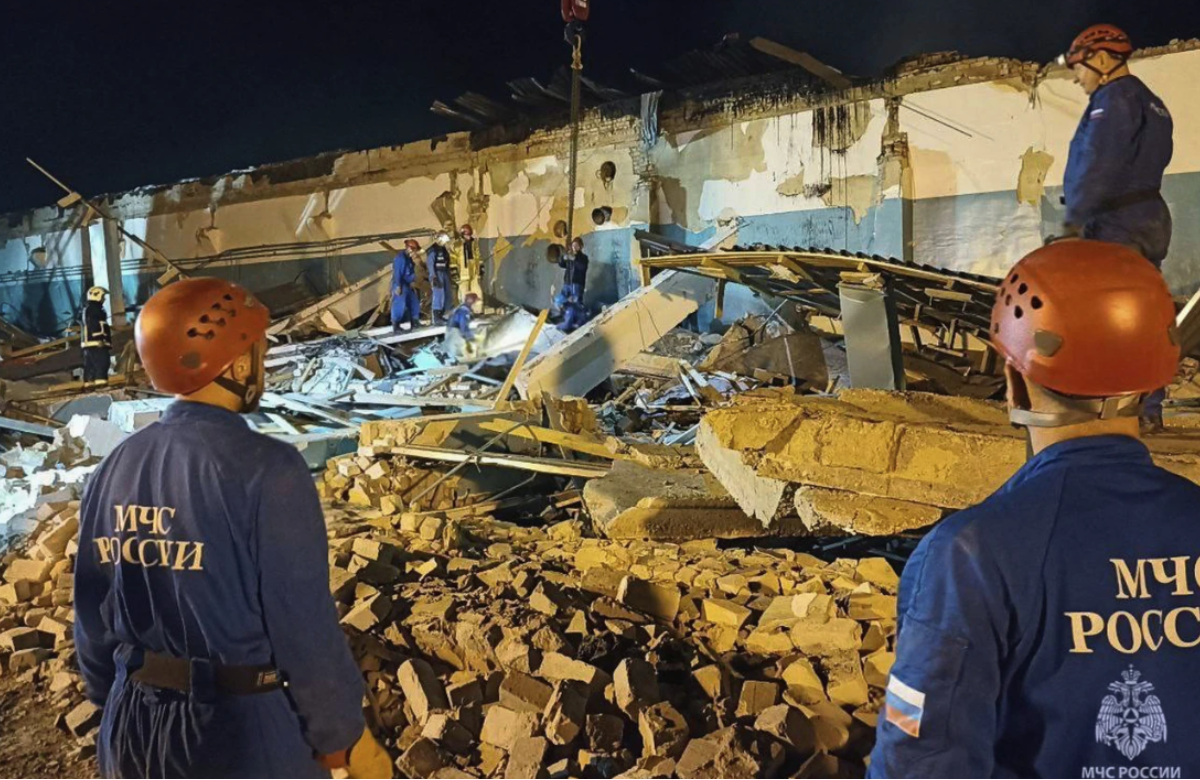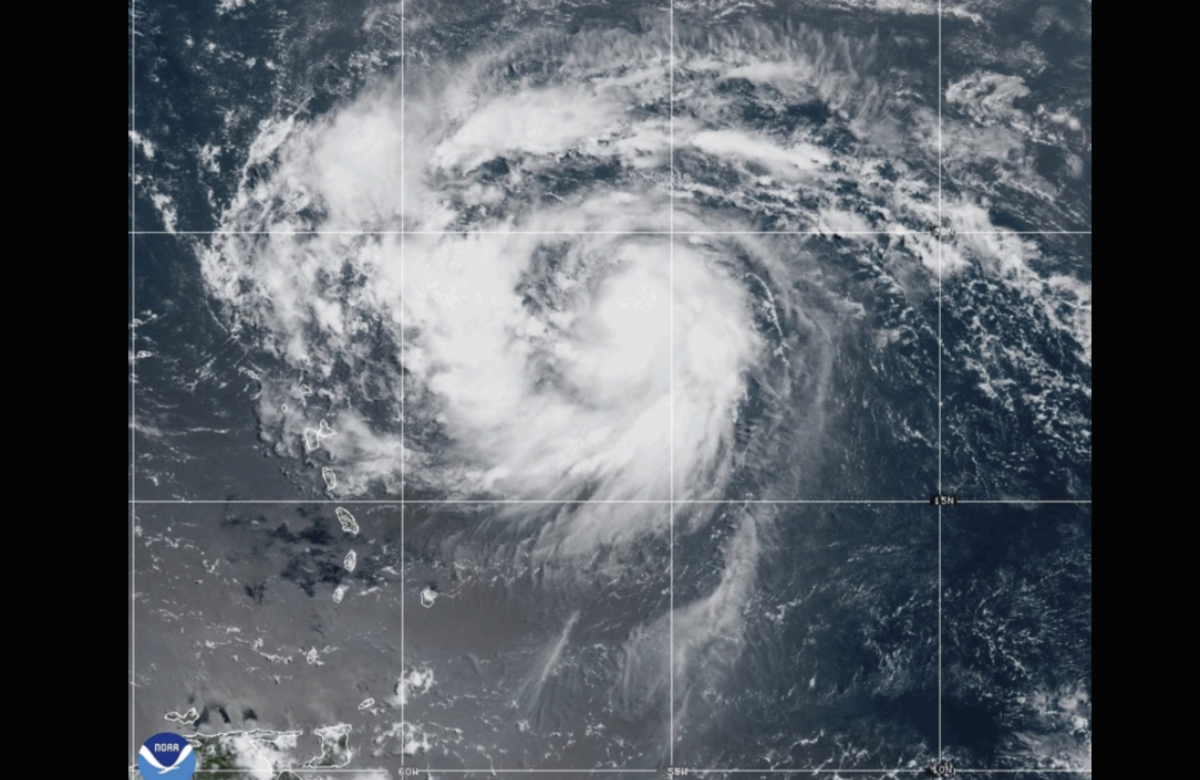NATO defense ministers are poised to approve new military procurement targets on Thursday aimed at strengthening the alliance’s readiness across Europe, the Arctic, and the North Atlantic. The move is part of a broader push, encouraged by the United States, to increase security spending in the face of rising geopolitical tensions.
The new “capability targets” set procurement goals for each of NATO’s 32 member countries. These include air defense systems, long-range missiles, artillery, drones, ammunition, and key support infrastructure like air-to-air refueling, heavy air transport, and logistics capabilities. While specific national targets remain classified, the initiative focuses on ensuring both current and future military preparedness.
“We are deciding on capability targets today,” said NATO Secretary-General Mark Rutte. “From there, we’ll evaluate our short- and long-term defense gaps, looking three, five, even seven years ahead.” He added that these efforts will require substantial financial investment.
A NATO summit in late June, hosted by President Donald Trump and other alliance leaders, is expected to formalize broader defense investment goals.
Since Russia’s full-scale invasion of Ukraine in 2022, European NATO members and Canada have steadily increased their military budgets and weapons purchases. However, Washington’s call for allies to spend 5% of GDP on defense—3.5% for core military capabilities and 1.5% for infrastructure like roads, airfields, and seaports—has met resistance, as many countries still struggle to reach the previously agreed-upon 2% target.
Despite this, U.S. Defense Secretary Pete Hegseth expressed optimism, saying, “The commitment is there. Five percent on defense is what’s needed. We don’t need more conferences—we need more capability. Hard power.”
These targets are part of NATO’s updated strategic blueprint from 2023—the alliance’s most significant military planning reform since the Cold War. Under the plan, NATO aims to be capable of deploying up to 300,000 troops to its eastern flank within 30 days, though experts question the feasibility of reaching such readiness in time.
NATO members have been assigned regional roles within three defense zones: the high north and North Atlantic, north of the Alps, and southern Europe. The alliance believes it must meet the new capability benchmarks within 5–10 years due to the pace at which Russia is expanding its military forces. If a peace deal ends the war in Ukraine, NATO officials worry that Moscow could accelerate its military build-up even further.
Some officials warn the timeline may be too long. Lithuanian Defense Minister Dovilė Šakalienė voiced concern about being underprepared: “Are we going to come back here later and admit we failed, and then maybe start learning Russian?”
Swedish Defense Minister Pål Jonson echoed those concerns, noting that while Russia is heavily engaged in Ukraine now, a post-conflict shift could see more Russian forces near NATO borders. “That’s why the alliance must use this window while Russia’s capabilities are constrained,” he said.
Meeting the new targets would require NATO members to invest at least 3% of GDP into defense. Dutch Defense Minister Ruben Brekelmans indicated that the Netherlands plans to raise its defense spending to 3.5% in the medium term, amounting to an additional €16–19 billion ($18–22 billion). Planned purchases include tanks, infantry fighting vehicles, and long-range missile systems, including the U.S.-made Patriot system designed to intercept aircraft and ballistic threats.

